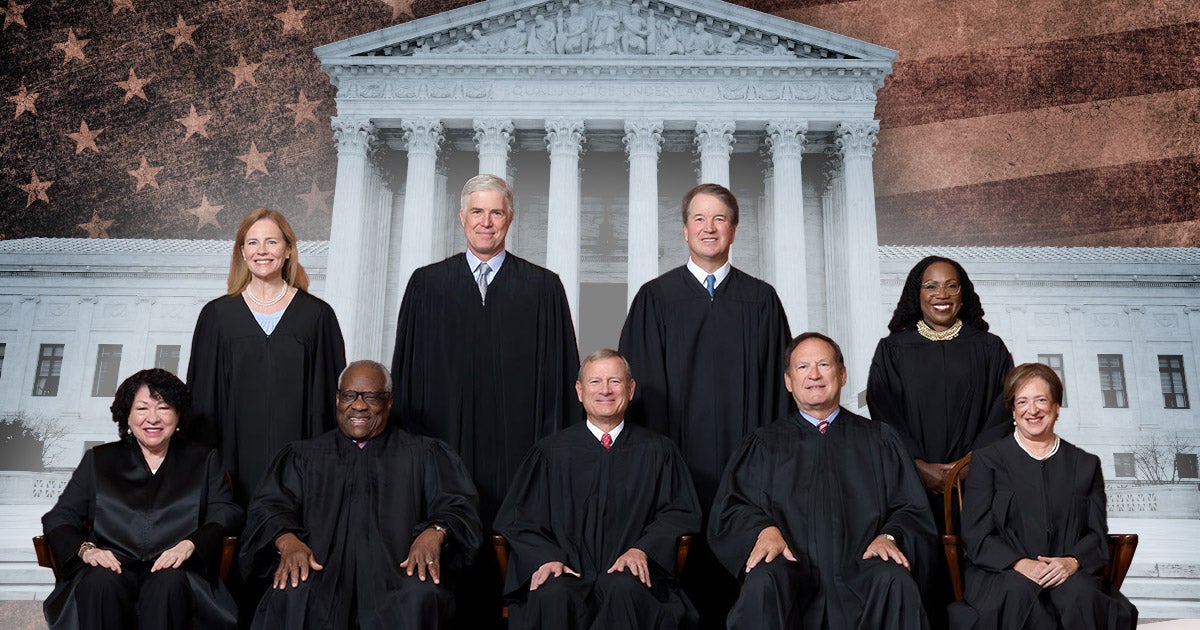
by Jorge Gomez • 4 minutes
The U.S. Supreme Court just wrapped up a term in which it delivered some major victories for religious freedom.
In Mahmoud v. Taylor, the Court ruled that parents do not forfeit their rights to direct their children’s education when they drop them off at school. This was a huge win for religious families nationwide, making it clear that parents can opt their children out of radical gender theory lessons that conflict with their beliefs.
The Court also handed down a big win for houses of worship and ministries in Catholic Charities Bureau Inc. v. Wisconsin Labor and Industry Review Commission. That unanimous ruling set an important precedent that protects longstanding tax exemptions for religious nonprofits and charitable organizations across the country that make an incredible, life-changing impact in the lives of millions of people.
Judicial analyst Carrie Severino at National Review called it a “transformative term,” noting that the Court’s decisions showed “a commitment to constitutional limits on federal power, robust protection of religious liberty, and an unwavering focus on safeguarding children from government overreach.”
On cue, many media outlets and critics who dislike how the Court ruled are pushing the narrative that the Supreme Court is deeply divided along ideological lines.
But the data shows the opposite. The most common outcome is a unanimous decision.
“Approximately 9% of the Opinions of the Court were decided in a 6-3 vote with all six Republican-appointed justices in the majority and the three Democrat-appointed justices in the minority, compared to an average 13.74% ideological split in the 2020-2024 terms,” according to SCOTUSblog.
This has been the pattern over the past 20 years. Only about 10% of cases have been decided by an ideological split since 2005, when John Roberts became Chief Justice. In that era, 45% have been decided unanimously.
The Court issued a total of 56 opinions this term. Of those, 24 were decided unanimously, approximately 43%. By comparison, only 11 were decided by a 6-3 margin.
The numbers also reveal that the Court’s three liberal justices—Kagan, Sotomayor and Jackson—joined majority opinions at a surprisingly high rate.
“Justice Elena Kagan, the Supreme Court’s leading liberal, was in the majority of 70% of this term’s non-unanimous outcomes,” notes The Wall Street Journal. When we look at all the cases, that number is even higher. Justice Kagan was in the majority in 83% of cases. Justice Jackson was in the majority in 72% of all cases and Justice Sotomayor in 78%.
A closer look also reveals that it was Justice Sotomayor who wrote the 9-0 majority opinion in the Catholic Charities case. Justice Jackson wrote a concurrence affirming that many charities are motivated by their religious beliefs to “care for the sick, feed the hungry, and improve the world in countless ways.”
When it comes to religious liberty, the justices frequently agree that Americans’ First Freedom should be protected.
“Split decisions are often what people think of when they think of the Supreme Court and religion—but they’re actually the exception, not the rule,” writes Kelsey Dallas at Deseret News.
“From Roberts’ confirmation in September 2005 to April 2021, religious freedom claims succeeded in front of the Supreme Court 13 times. Nine of those 13 rulings were either unanimous or from a mixed 7-2 majority,” according to a Deseret News analysis from 2021.
In the four years since that analysis was released, the Supreme Court has ruled in favor of religion claims in merits cases seven more times. Four of the decisions were unanimous, while a fifth was 8-1.
“The justices are finding ways to bridge the gap between conservative and liberal takes on religious freedom, including in cases involving LGBTQ rights,” Dallas concludes.
“Earlier this month, the Supreme Court ruled on a religious liberty case, a firearms case and a discrimination case, and most Americans probably didn’t hear about any of them,” explains Dace Potas at USA Today.
“The reason for that is the fact that every one of these decisions was unanimous, each written by one of the three liberal justices, so they didn’t fit the narrative of the extremely polarized Supreme Court that Americans have been barraged with in recent years,” he continued. “The vast majority of cases undermine the partisan tale often told of the court.”
False narratives claiming that the nation’s highest court is bitterly divided are just that…FALSE. Those claims are nothing more than an attempt to undermine the Court’s authority and credibility in the eyes of the public.
The good news is that Americans aren’t being deceived. Approval of the Supreme Court has been rising over the past few years, suggesting that Americans agree with the Court’s rulings.
According to a Marquette Law School poll, “approval of the Supreme Court remains above 50%, rising from below 50% in 2022-2024.” Pew Research also found that 51% have a favorable view of the nation’s highest court.
Bottom line, the Supreme Court is much more united than legacy news outlets want you to know. There’s actually more agreement between justices, even among those we think could never be one the same side. The numbers prove this.